Nowadays, largely due to the prevalence of casualwear and the prioritization of comfort and simplicity, tailoring has become an increasingly rare sight. This trend can be recognized in all sorts of settings, even those where, not too long ago, suits were often considered mandatory. Or, at the very least, heavily encouraged.
Whether for a typical day at the office, or for an elegant evening out on the town, men used to don suits for all sorts of occasions.
But today, suits and tailoring tend to be thought of as wholly “formal.” Something you really only ever wear for very specific events, such as weddings. And even then, there are those who prefer weddings with an entirely casual dress code.
But this was not always the case. For much of the twentieth century, there existed the notion of the “casual suit.” This was more or less a middle-ground of sorts that existed between formalwear and casualwear.
Today, the concept of business casual often fills this gap. But instead of the drab khakis and cheap dress shirts found on sad discount store racks, casual suits still contain all of the depth and visual complexity of traditional tailoring!
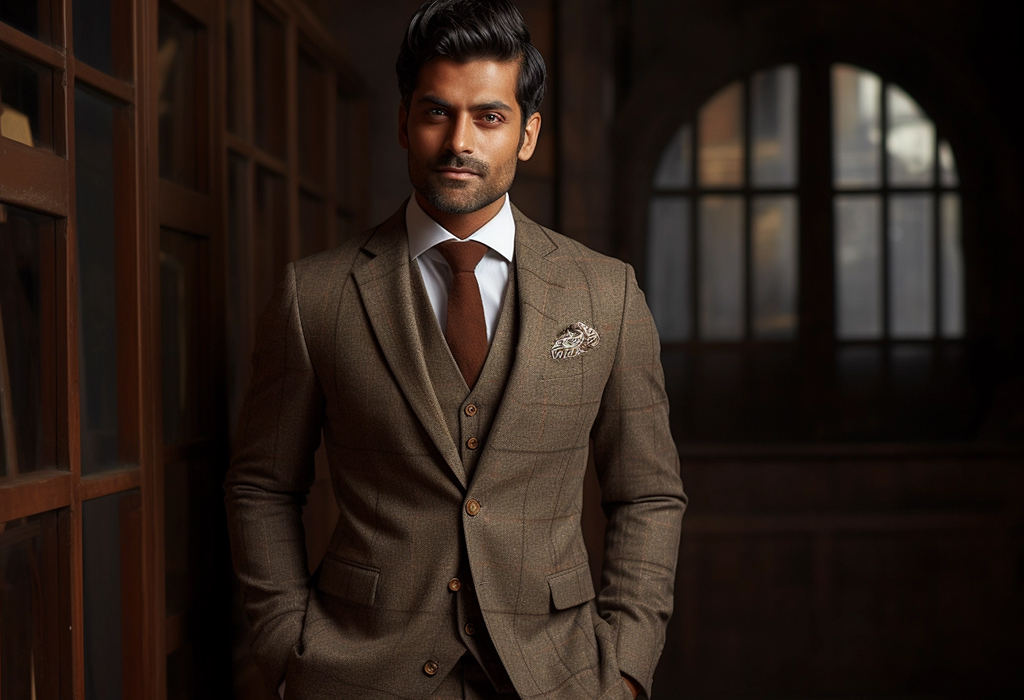
Believe it or not, the concept of the “casual suit” was once well-accepted. In the past, men understood that not all tailored garments read as formalwear.
And today, many menswear enthusiasts hold by the same truths and standards, educating themselves about the history and context for the various fabrics, patterns, and colors that qualify some tailoring as timeless, casual styles.
Read on to discover it all for yourself!
The History of Casual Suiting
Like so many western menswear traditions, the origins of the casual suit (and suits in general, for that matter), can be traced to England. In this particular case, we can look to the lounge suit, born out of Scotland in the mid nineteenth century, and the arguable granddaddy of all suits.
Typically made from heavier wool fabrics, the lounge suit wasn’t actually intended for lounging. Instead, it was essentially the sportswear of that era. Used for hunting and other outdoor activities, the coats on these suits were shorter than the longer frock-style jackets worn in town for business matters. This shorter length would accommodate easier movement for sporting activities. It was all about performance!
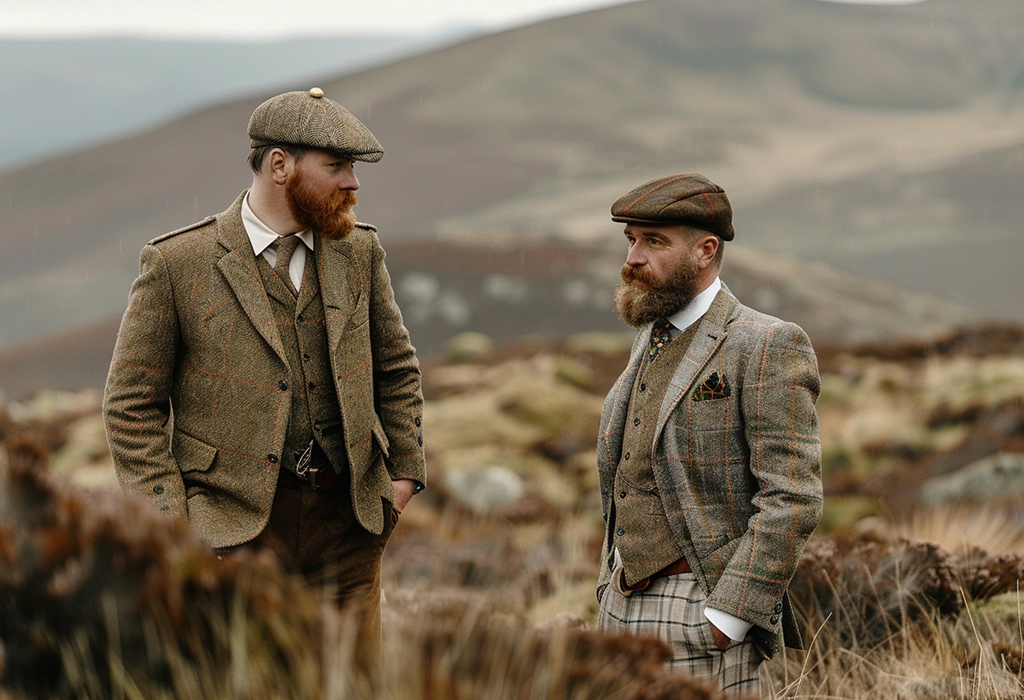
Of course, the construction of these garments, often seen in three-piece configurations, was still rather elegant, using rich, earthy tones and quality wool. As the 1800s progressed, and the 1900s began, the trends of the lounge suit eventually made their way from the English and Scottish countryside to dense, bustling cities.
The business suits frequently seen in the professional world kept their darker appearance and their finer, subtler wool fabrics, but adopted the shorter coat configuration of the sportier lounge suits. And thus, the modern blueprint for the suit was born.
In the United States, suits followed the trend timeline set by the British, as Brooks Brothers debuted their famous “sack suit” in 1895, in accordance to the rising popularity of shorter coats.
Frock and tailcoat demand was down! And Brooks Brothers was there to claim the opportunity. The sack suit quickly cemented itself in the American fashion vernacular, while carrying over the cultural associations of various fabrics born out of England.
Rougher, heavier wools such as tweed became a hallmark of academia and the American Ivy League, a setting in which the aforementioned “middle-ground” of formality thrived. Meanwhile, just like in England, business suits and formalwear retained their smoother, sleeker look.
You may be thinking, well, thanks for the history lesson. But how does this apply to the idea of casual tailoring today?
What History Teaches Us About Fabrics
The rich history of tailoring and the fabrics used for different occasions, locales, and eras, all point to modern contextual clues we can use to determine a suit’s formality.
In the Scottish countryside, aristocrats donned heavy, three-piece tweeds to go hunting. It wasn’t really something they wore on their wedding day, per se. Or even to do business!
You may have heard the old phrase, “no brown in town” before. While this needn't be followed so stringently today, it did refer to the practice of brown tweed and tweed-adjacent suits being designated for countryside wear.
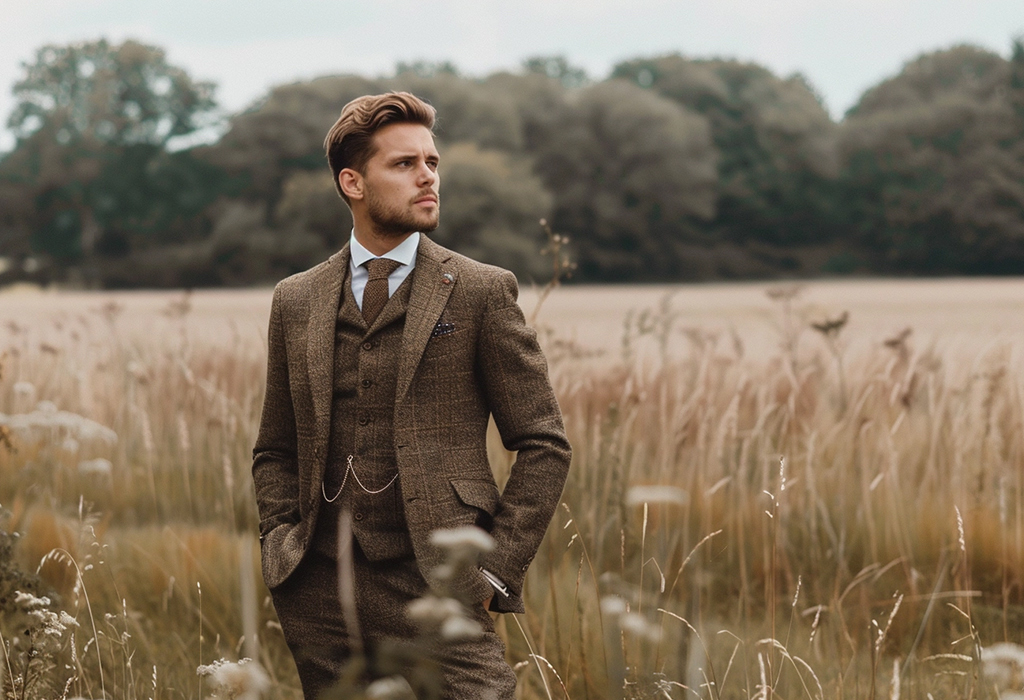
But the lesson remains the same. A gentleman had tailoring for recreation. For casual affairs. At the same time, he also maintained a wardrobe for more formal occasions.
This path of thought can still be followed today to determine the modern-day implications for a tailored garment. Because clothing is so strongly informed by our culture, those associations are often already there whether we’re aware of it, or not.
The gentleman’s difference? He understands the association and the historical context of different garments – right down to the fabric and pattern itself.
Therefore, the casual suits of yesteryear can still read as casual today to the informed mind. Where some may still just see a suit and equate it to a fancy vibe, the casual suit teaches us that one can still be “put-together” without sacrificing a degree of elegance.
Because good tailoring is three-dimensional. It drapes. It creates interesting shapes to compliment your figure. But it can still be casual!
How to Identify Casual Suits
Now that you know the history, and how that history influences our cultural aesthetics, you’re ready to discover casual suiting for yourself! Here are some tips on how you can do this successfully.
1. Fabric Is King: This is arguably the most important aspect of determining the formality level of a suit. Fabrics like tweed, flannel wool, corduroy, cotton, linen, and seersucker are all examples of fabrics that typically “casualize” a piece of tailoring. More formal suits are usually made from smooth, worsted wool.
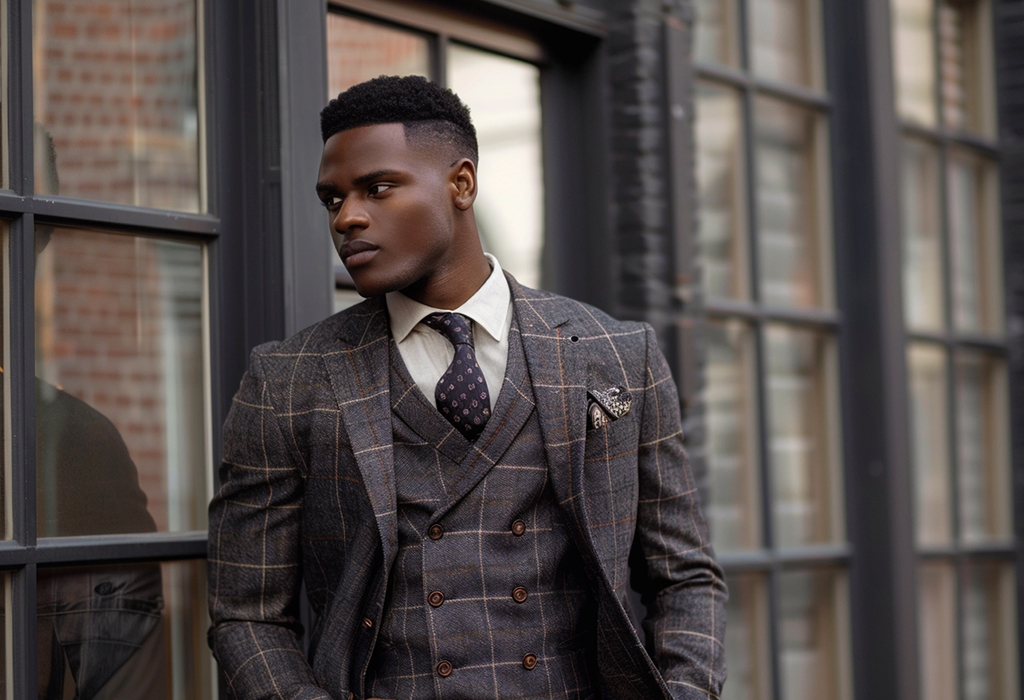
2. Pattern Matters, Too: Usually, the bigger and bolder the pattern on a tailored garment, the more casual it’s intended to be. Look for big, bold stripes, windowpane patterns, houndstooth (often found on tweeds), and more.

3. It’s a Colorful World: Light-tones suits in shades of white, cream, beige, and light gray are usually less formal. An exception to note would be the white dinner jacket, which is the most important component of white tie attire (very formal).
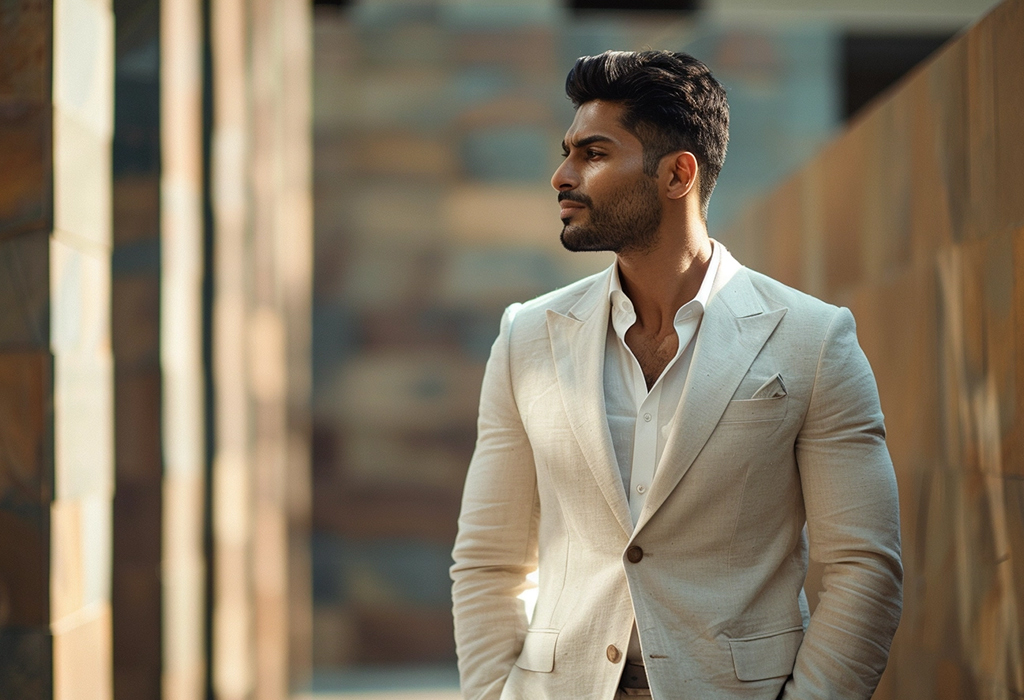
While you don’t need to take “no brown in town” too seriously, do know that most shades of brown are still considered fairly casual. Less conventional colors, and especially anything on the louder end of the spectrum, also deformalize the overall look.
Dark suits aren’t always casual, however, as you need to take into account other aspects mentioned on this list.
4. The Devil Is in the Details: It pays to look out for the small things, as well. A less structured suit, for example, such as one with minimal to no internal padding in the jacket, is inherently a bit less formal.
Fewer than three buttons on the sleeve cuff are also often a dead giveaway, and are sometimes found on suits similar to those worn in the English countryside. Cuffed pants can be very tasteful, but they are also traditionally more casual. So are patch pockets on a jacket. The little things go a long way in identifying if a suit reads as formal, or not.

How You Can Style a Casual Suit Today
So, you’ve learned all there is to know about the history, why it matters, and how to determine if a suit is casual-coded. Good work! However, you may still be wondering how to style a casual suit.
Maybe you’ve already got yourself a corduroy two-piece you’re itching to rock out on the town, or even a cream-colored, cotton, double-breasted suit.
Regardless of what kind of casual suit speaks to you, here are a few style tips to avoid clashing your casual tailoring against pieces that might be too formal.
1. Oxford Cloth Button-Downs Are Your Best Friend: Ah, the oxford cloth button down. Or, to its friends, OCBD, for short. Much like the sack suit, this style of shirt was popularized by Brooks Brothers, and it pairs magically with nearly any casual style suit. Tweed, corduroy, cotton, flannel, linen, seersucker, you name it – the OCBD is almost guaranteed to go well.
This is because, much like the less sleek nature of most of these fabrics, oxford cloth is typically made from a slightly more textured cotton. While some dress shirts can go well with some casual suits, it takes a well-trained eye. OCBDs have a built-in history and cultural association that allows them to just work.
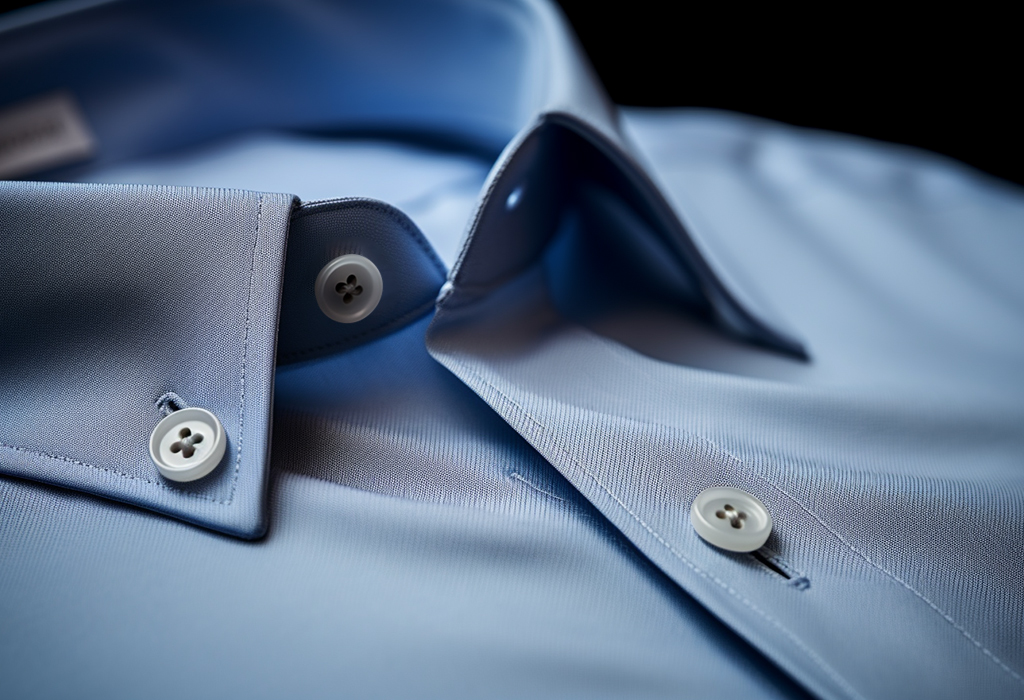
2. Avoid True Dress Shoes: Don’t pair your casual suit with black, closed-laced oxford shoes. Rather, consider something just a step down, like an open-laced derby shoe, leather boots, or loafers in a complimentary color.

3. Appropriate Accessories: To really communicate that your outfit is casual, even to those who can’t quite distinguish the suiting formality scale, you can let your accessories do the talking.
For example, a braided or embossed belt is often considered more laid-back than a sleeker, simpler one. Or try a western belt if you’re feeling like a cowboy!
When it comes to ties, sometimes silk works just fine in casual ensembles, but something with a bit more texture, like cotton, wool, or a knit can really finalize a classic, casual Ivy League look.
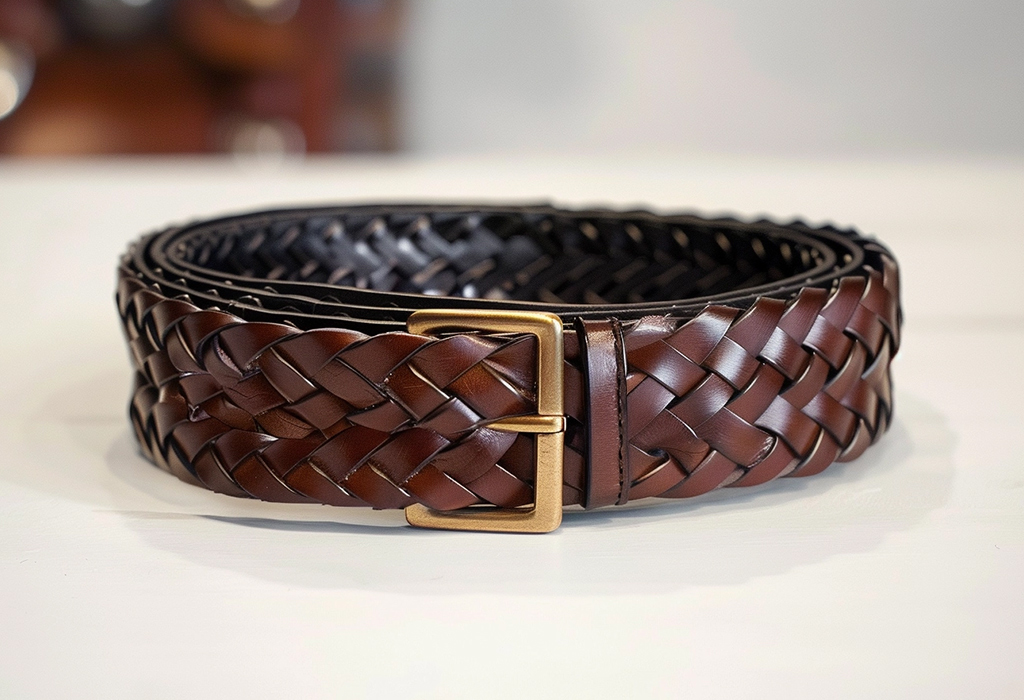
4. Consider a Denim Shirt: Going without a tie? With a more casual suit, that’s totally a valid option. But once you’re forging neckwear, you may as well lean into the playful nature of your outfit. A denim or chambray shirt can look brilliant under all sorts of casual suits. It works especially well with cotton, corduroy, linen, tweed, and seersucker.
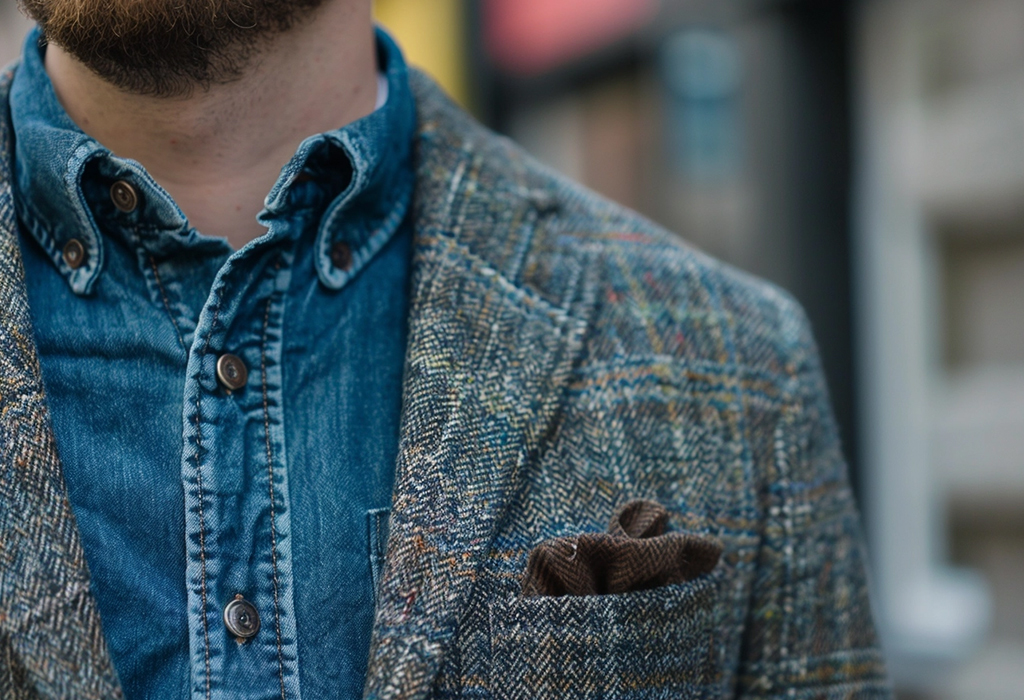
5. Ditch The Pants: Well, provided you replace them with another pair of pants. The fun thing about many casual suits, is that unlike their more formal counterparts, they can be broken up into suit separates with ease.
Try combining a tweed jacket with some corduroy pants for an academic look. Or even the reverse! A cotton jacket is right at home with some linen or seersucker pants. Or perhaps pair a linen jacket with some cotton trousers!
There’s a world of possibility when it comes to casual tailoring. Experiment, and you might just find your new favorite outfit!
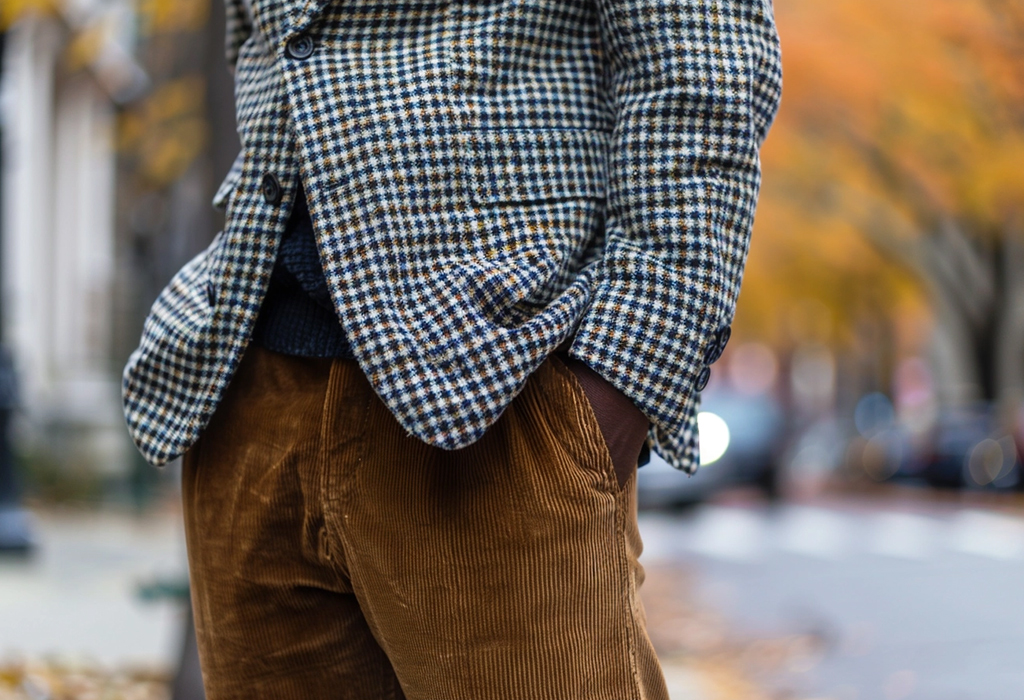
Well, that about concludes our deep-dive into the world of casual suits. We hope you found it informative!
There’s so much more to the deep and fascinating history of tailoring across all ends of the formality spectrum – this was really just a sneak peek!
But don’t forget, it’s the history of fashion that tells us how to best style our clothing – even in the modern day.
The post Fabric and Formality: What Makes a Suit “Casual?” appeared first on Real Men Real Style.
https://www.realmenrealstyle.com/fabric-casual-suit-formality/
Did you miss our previous article...
https://manstuffnews.com/men-fashion/apes-top-10-of-the-month-april-2024
 Backyard GrillingWeekend WarriorsAdvice from DadBeard GroomingTV Shows for Guys4x4 Off-Road CarsMens FashionSports NewsAncient Archeology World NewsPrivacy PolicyTerms And Conditions
Backyard GrillingWeekend WarriorsAdvice from DadBeard GroomingTV Shows for Guys4x4 Off-Road CarsMens FashionSports NewsAncient Archeology World NewsPrivacy PolicyTerms And Conditions
